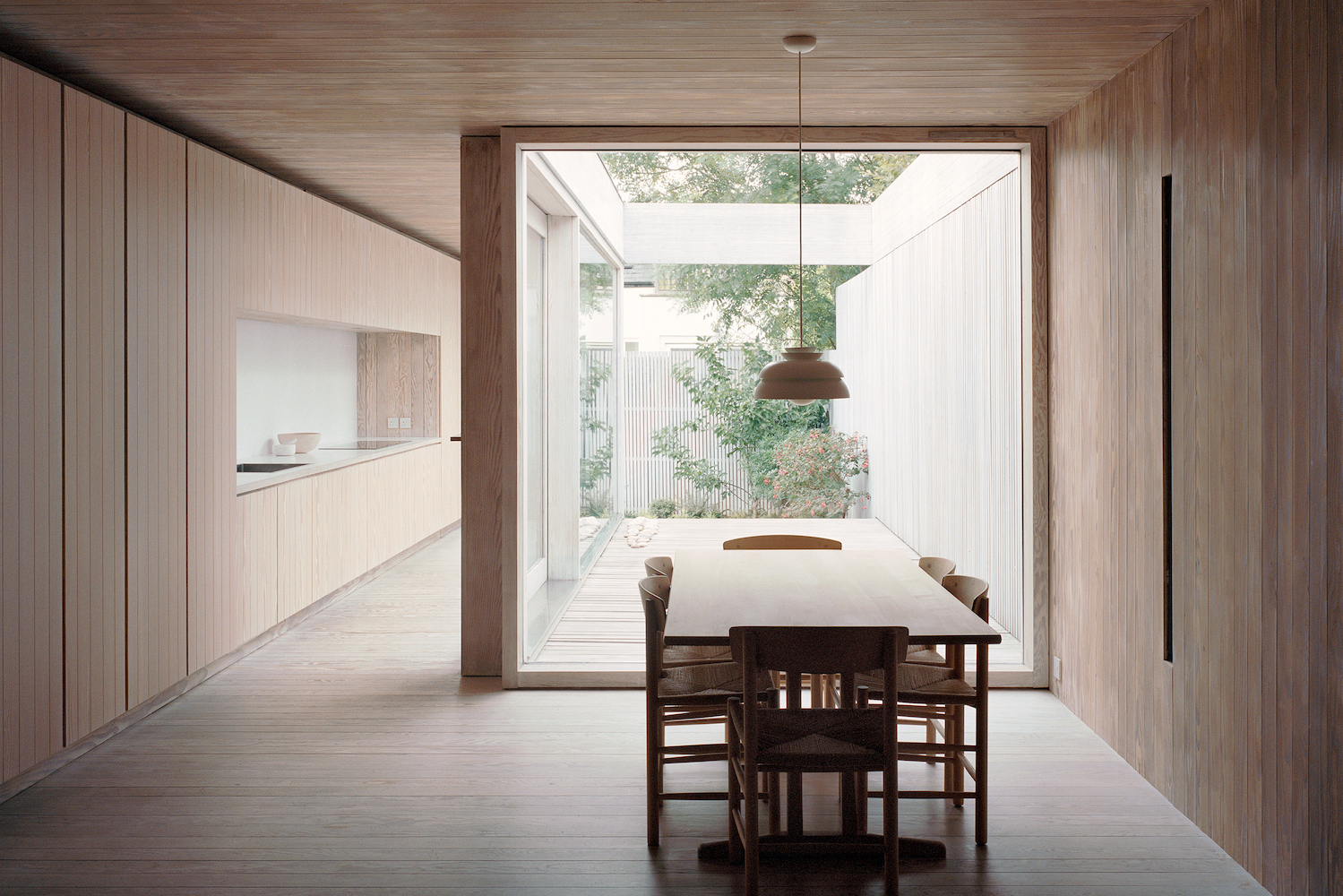
Wembury Mews by Russell Jones
Creating a refuge of identity
How many times have we heard phrases like “stay true to yourself” or “just be yourself”? These are sentences that society repeats constantly. We might not know when, where or from whom, but we are all familiar with them. In fact, they constitute universal reminders. However, do we actually practice them? I often find myself noticing how people quietly adjust themselves, trying to fit into a mold. Whether it is at work, with friends or in our family, why do we continue to forget about these collective statements?
Wembury Mews, the house and studio of architect Russell Jones, is an example of staying true to one’s vision. Australian-born but London-based, Russell and his wife Sarah spent hours looking for a small piece of land where they could build on, or as he narrates, “to create a home that would draw upon our own life experiences, rather than an inherited piece of a city, already with its own history.” In 2007, they found the old garage that now stands as their home: “We could see there was potential to create a world of our own in the enclave, and if successful, others might follow.”
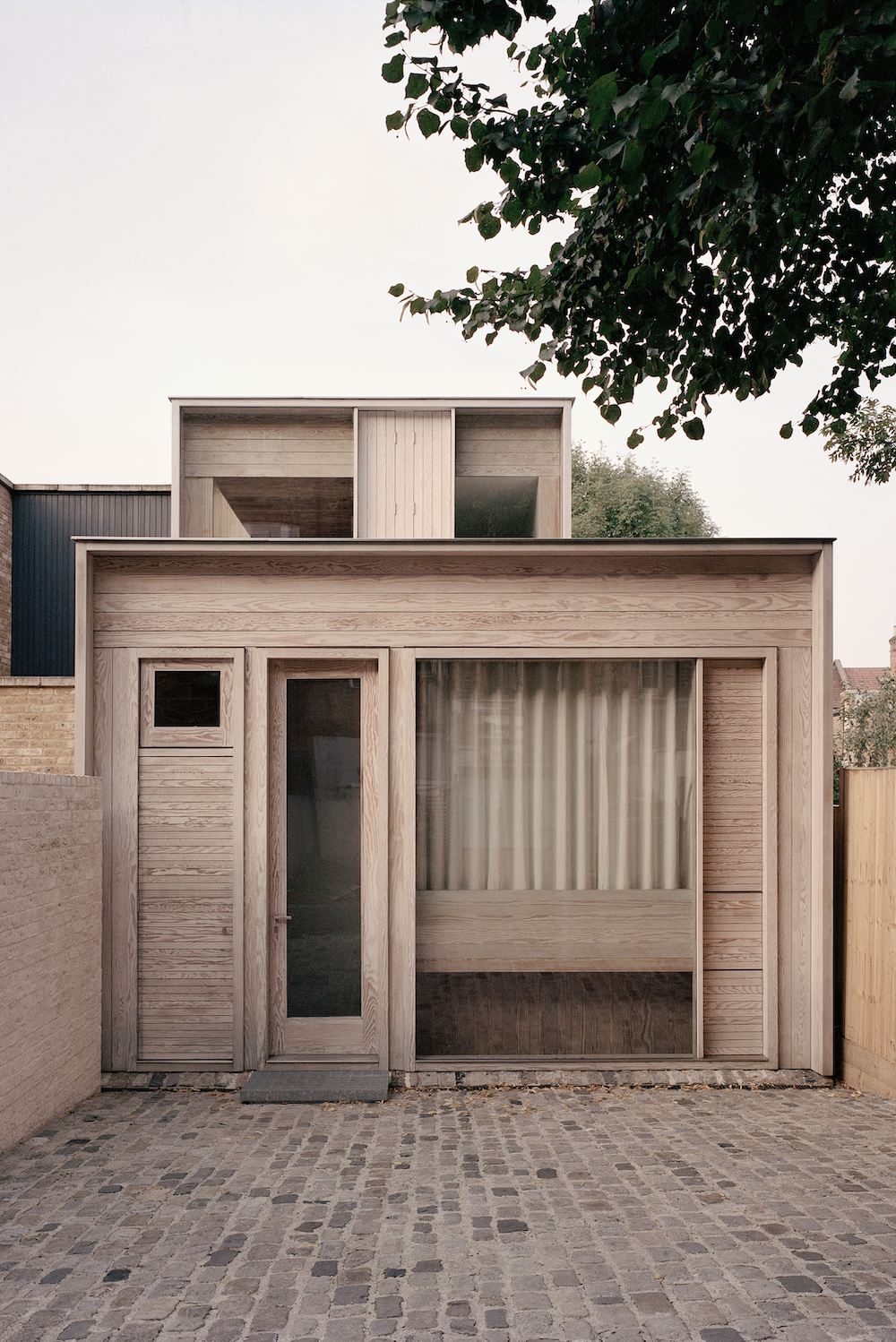
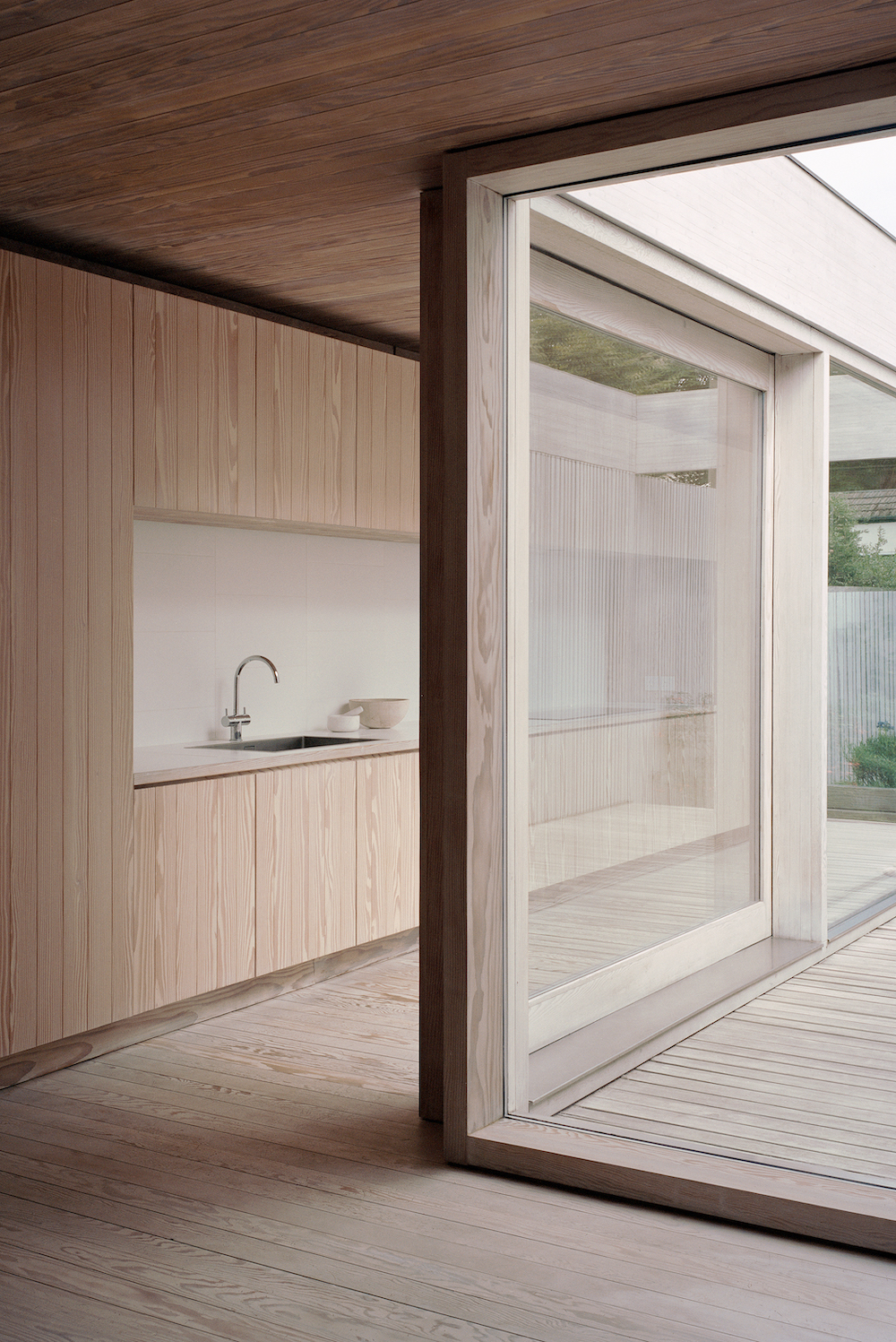
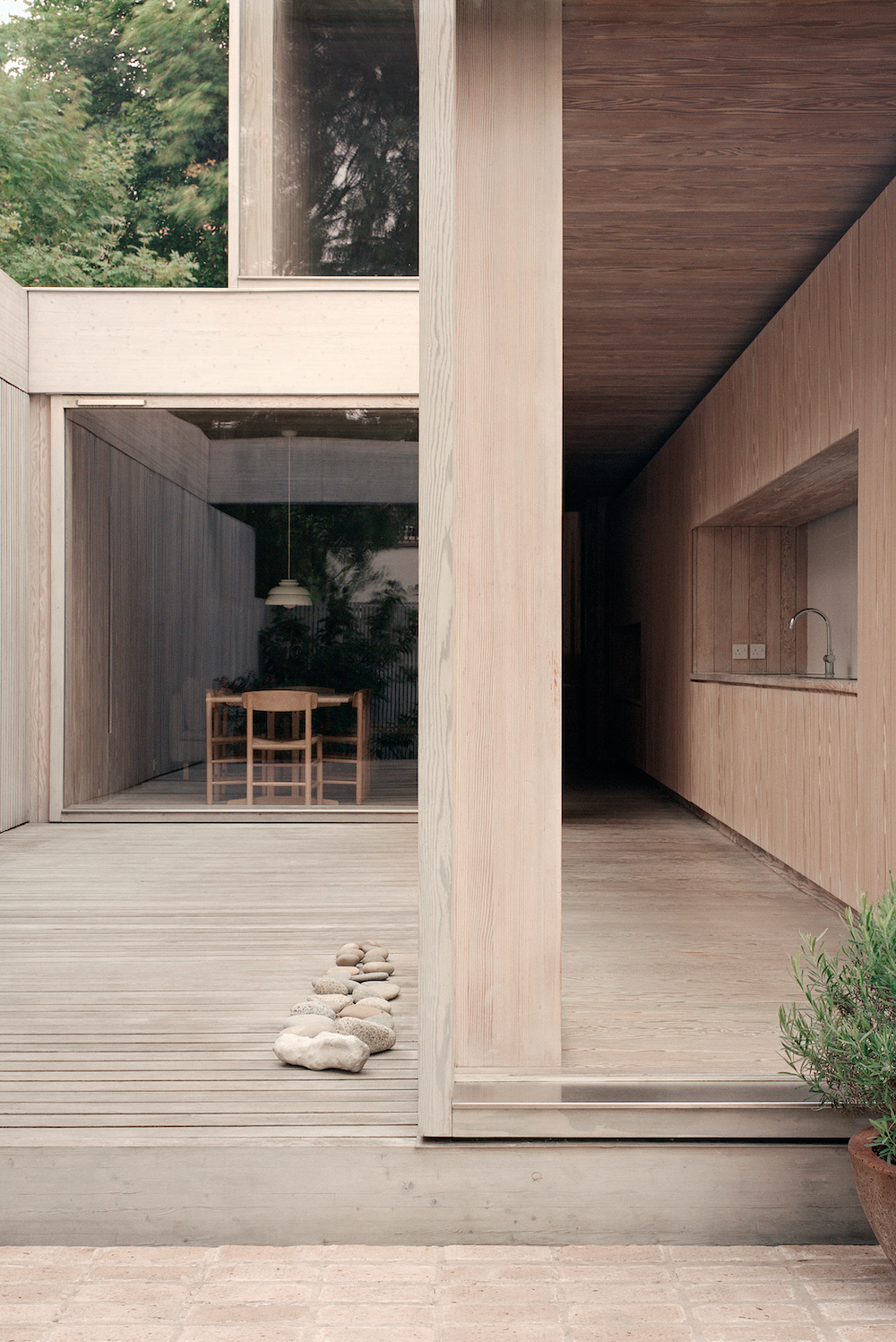
After facing many challenges and overcoming the construction process, the building was completed in 2020: “It was the contextual challenges of the project that banished any thoughts of preconceived ideas of what a home should be,” he continues, “we had no idea what the house would be when first visiting the site.”
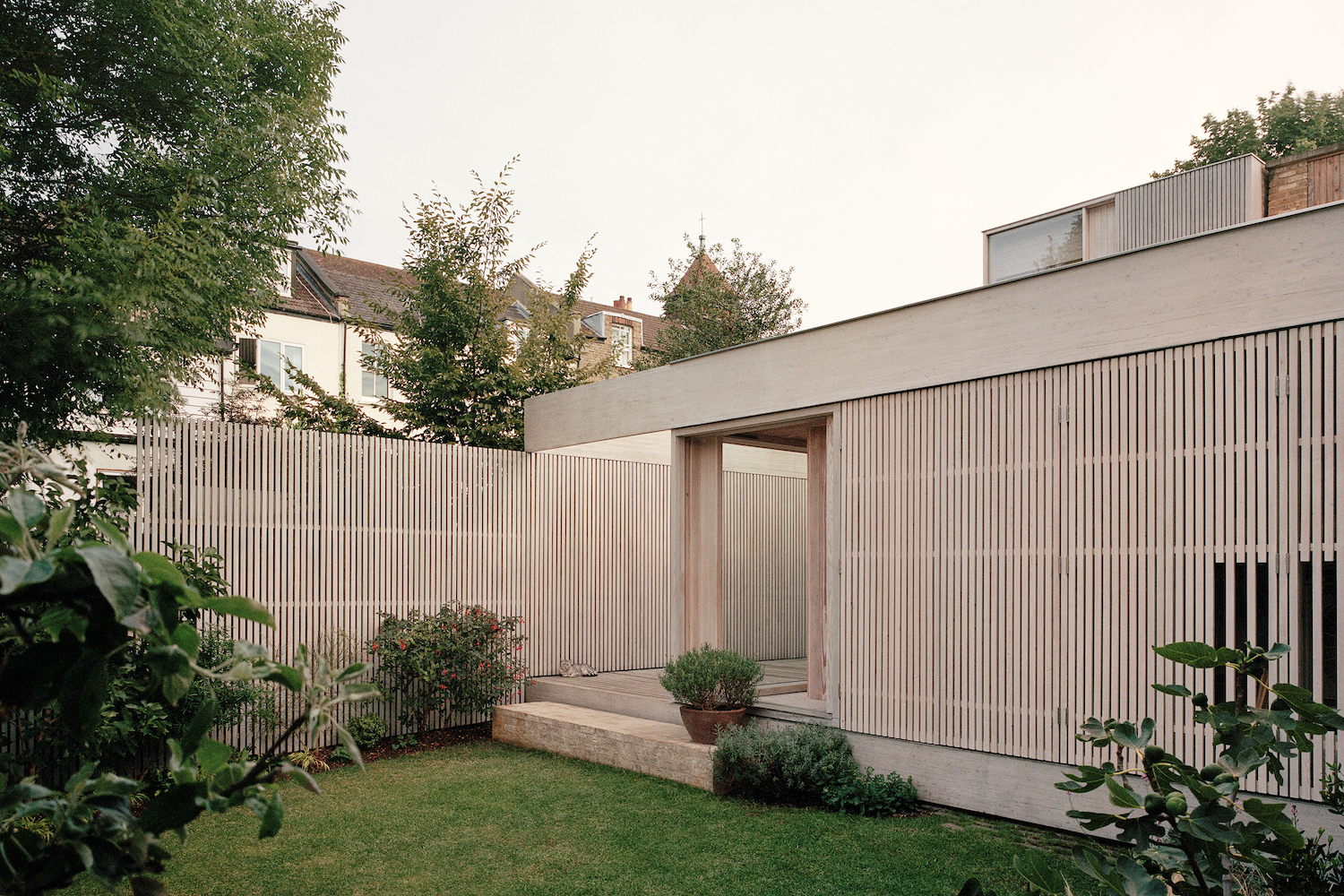
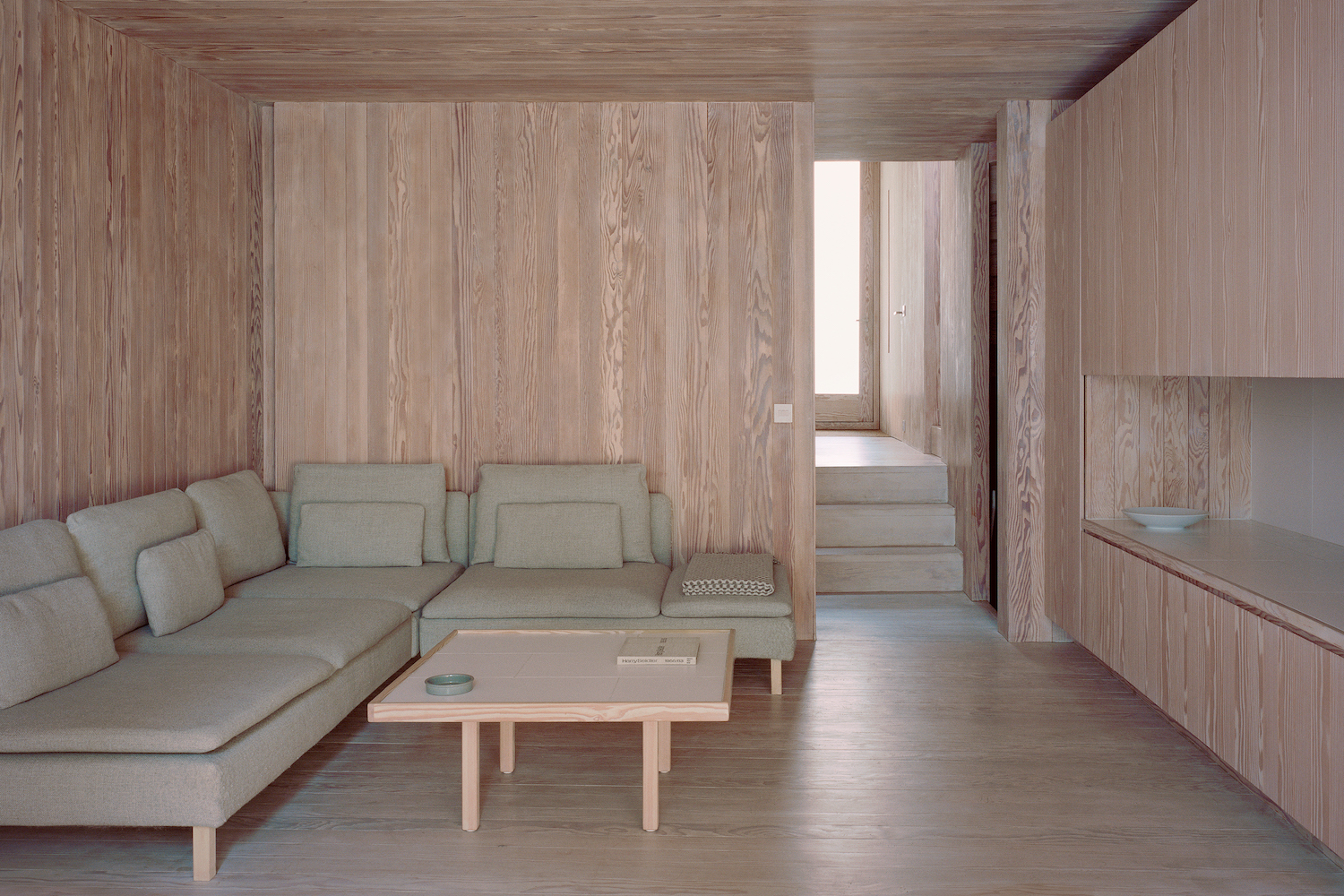
Nevertheless, the space was transformed—almost magically—from a forgotten backland and neglected garage into a family refuge that serves as a constant reminder of the lives and character of its inhabitants. “Designing and living in the house tells me it is possible to create something beyond the ordinary, regardless of context, that we naturally feel at home in,” as he describes it.
In a place like London, where cultural, historical and planning limitations are always present, Russell argues that “one can choose to use these to advantage to create a literal response, or in the case of our little house, and as it is for ourselves, use all the external influences to develop and reinforce one’s own thoughts to create something special.”
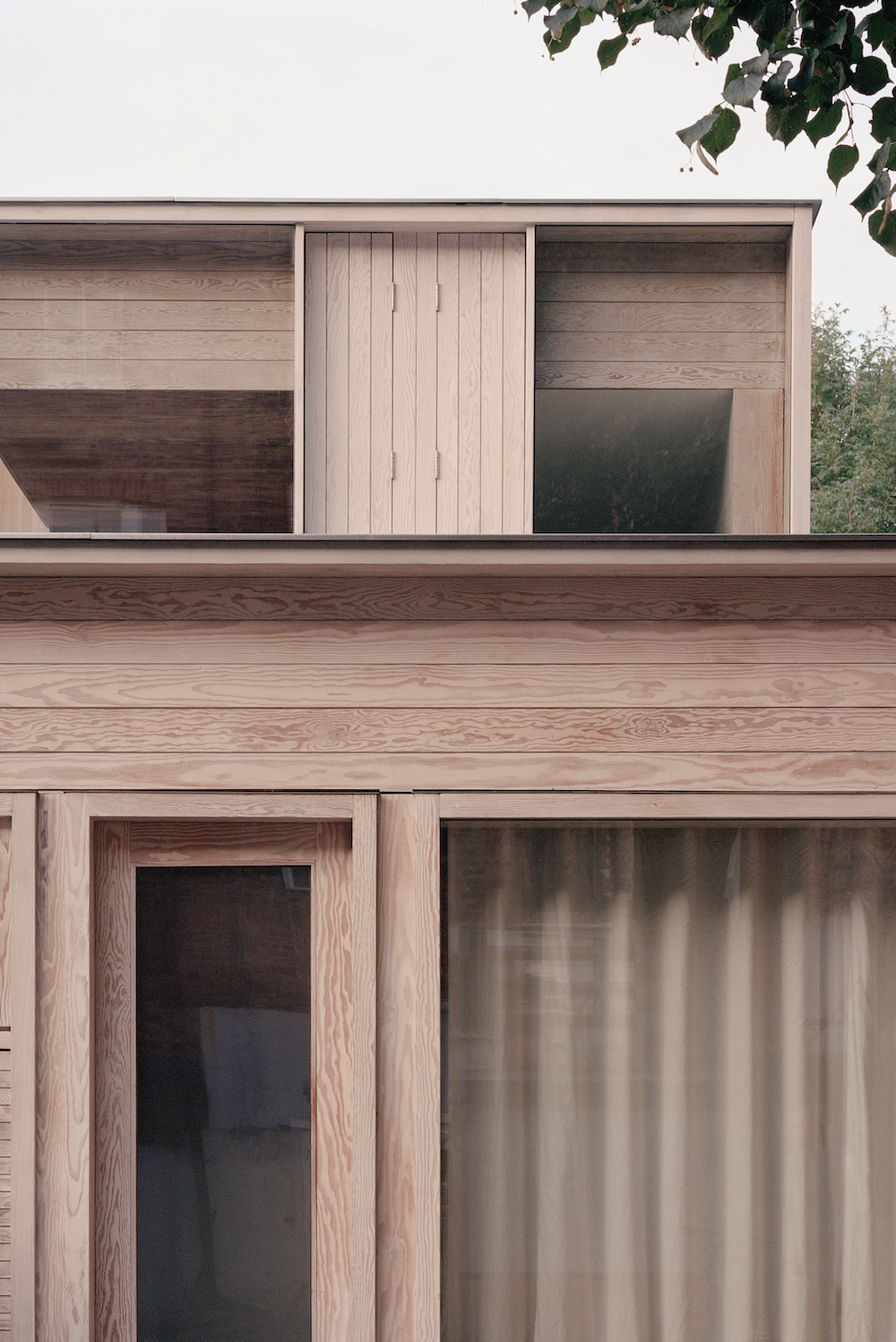
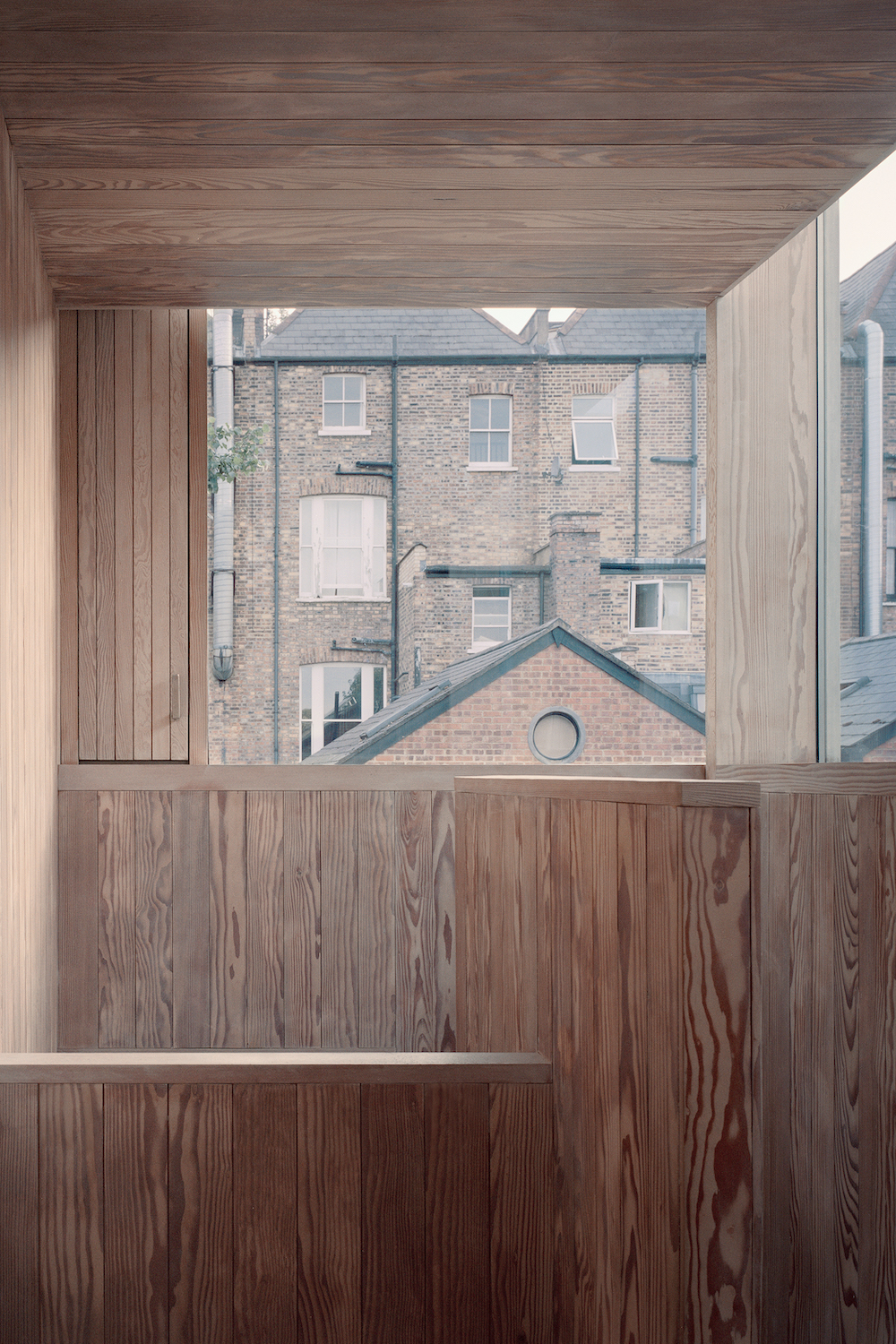
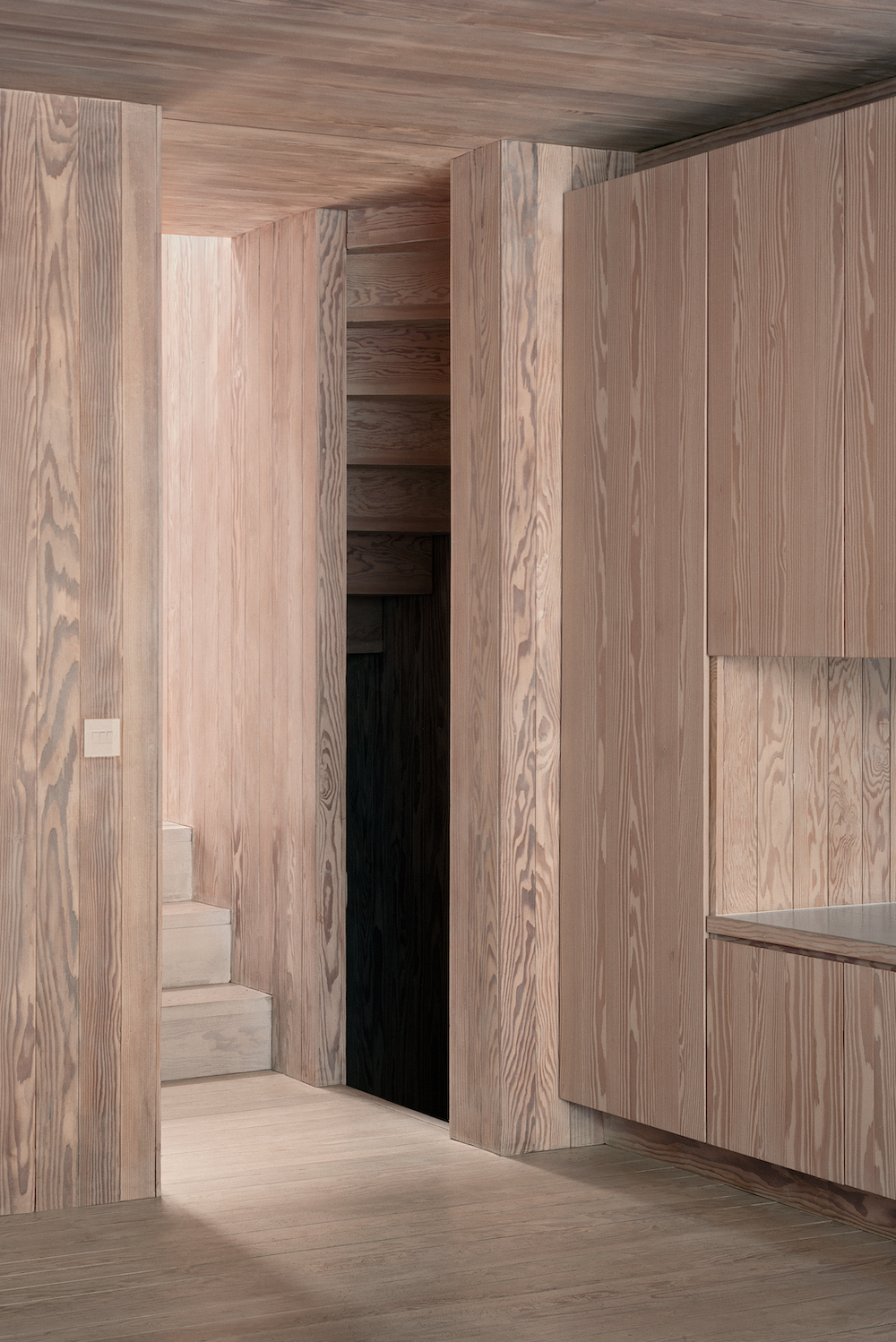
Situated within the Miltons, part of the Highgate Conservation area in the London Borough of Haringey, the house is surrounded on four sides by a predominantly Edwardian context. Nonetheless, whilst its interior layout and construction are a direct response to living requirements and location, its character and atmosphere derive from memory and experience and the desire to create an escape from the world outside. “The only reminder of the Edwardian context are the bells from the nearby church we hear every Sunday,” mentions Russell, “and we do enjoy all the Urban Foxes that prowl around the neighborhood.”
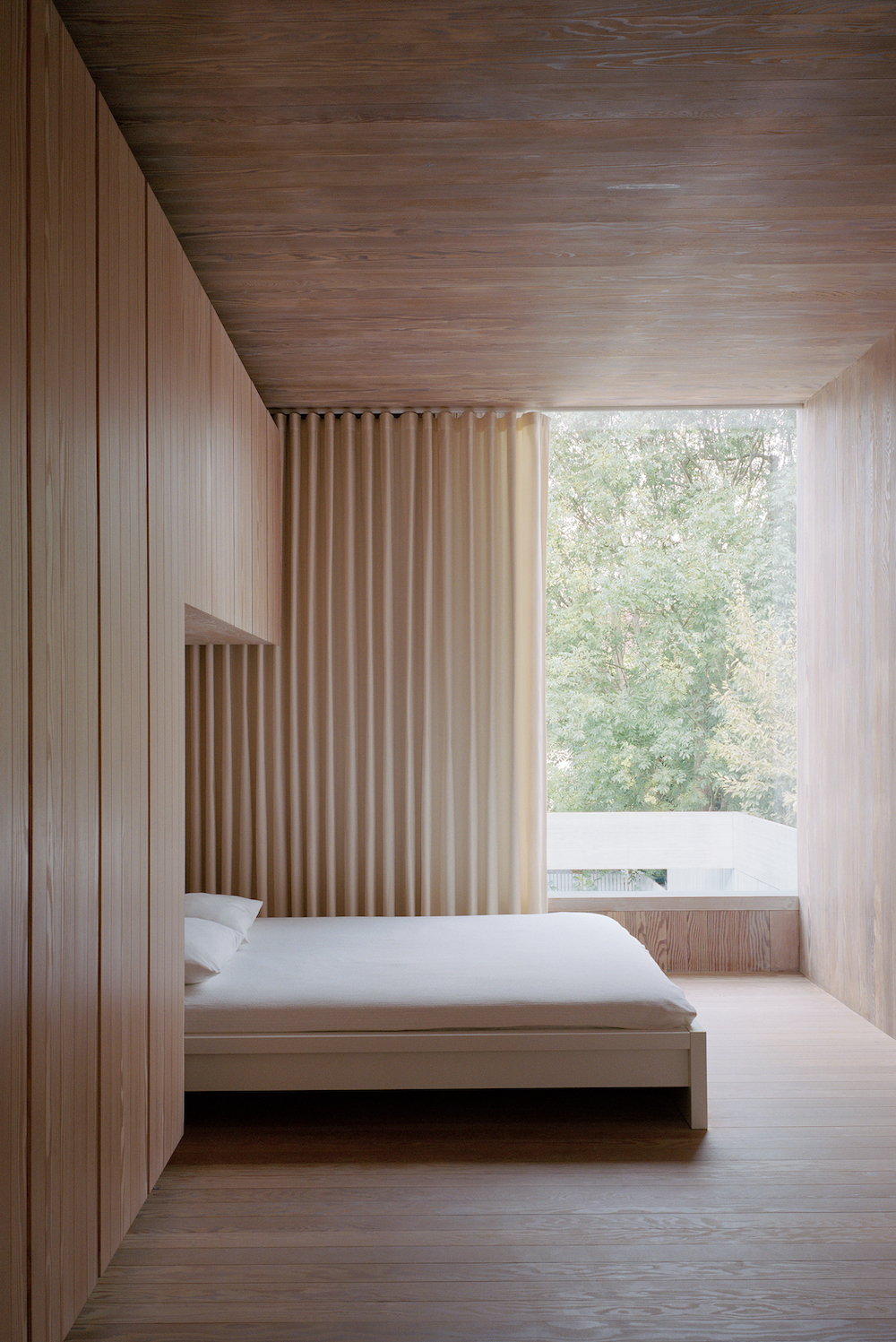
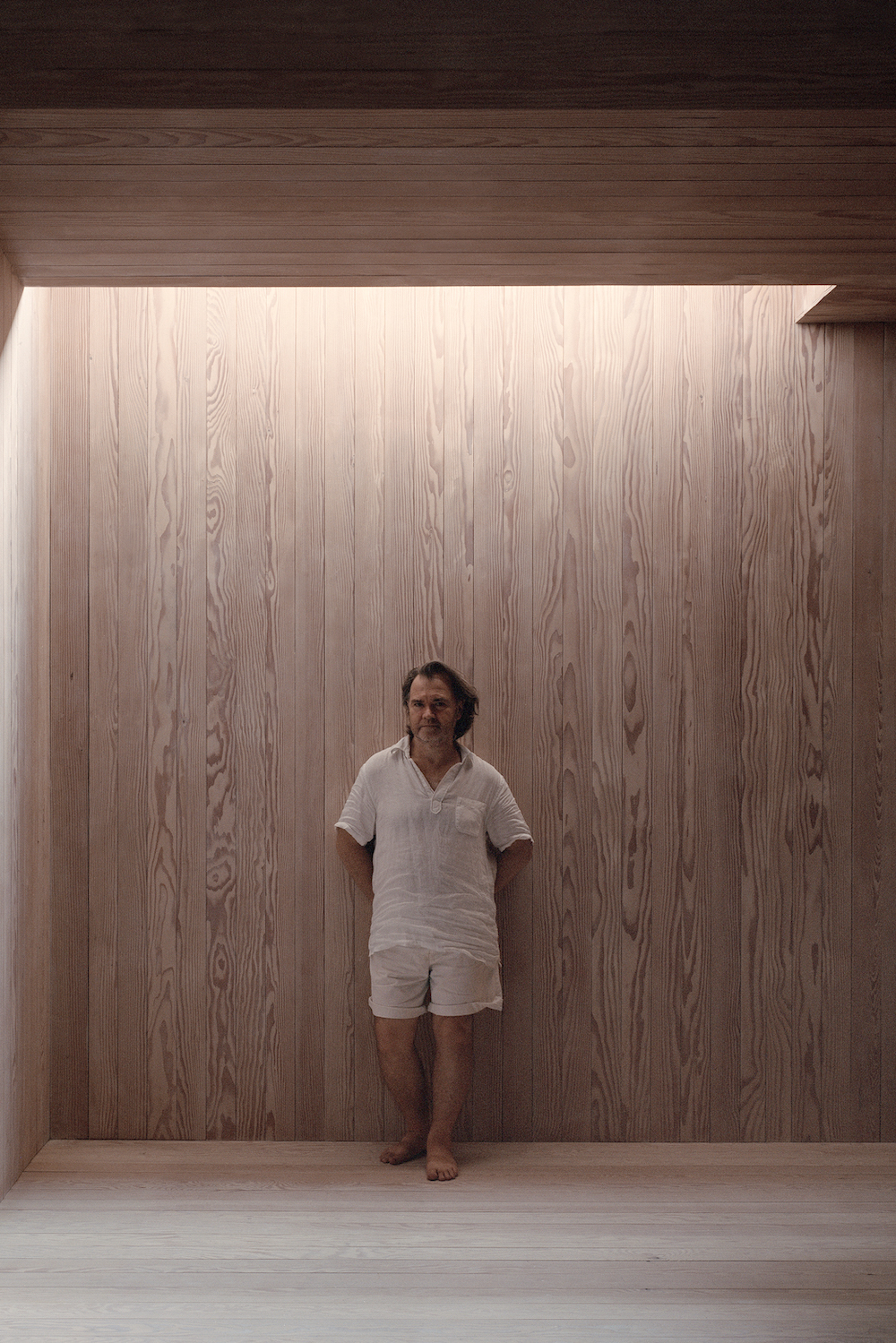
The culturally rich and demanding setting inevitably wove itself into the home’s outline and form, but the couple responded to it in their own way: “We used the context, which we didn’t consider beautiful or inspiring, as a starting point to shape something of our own.” In fact, Russell highlights it as the purpose of their architectural approach: “Finding an architecture that unconsciously feels appropriate and special at the same time is a characteristic of all our work, wherever we work in the world.”
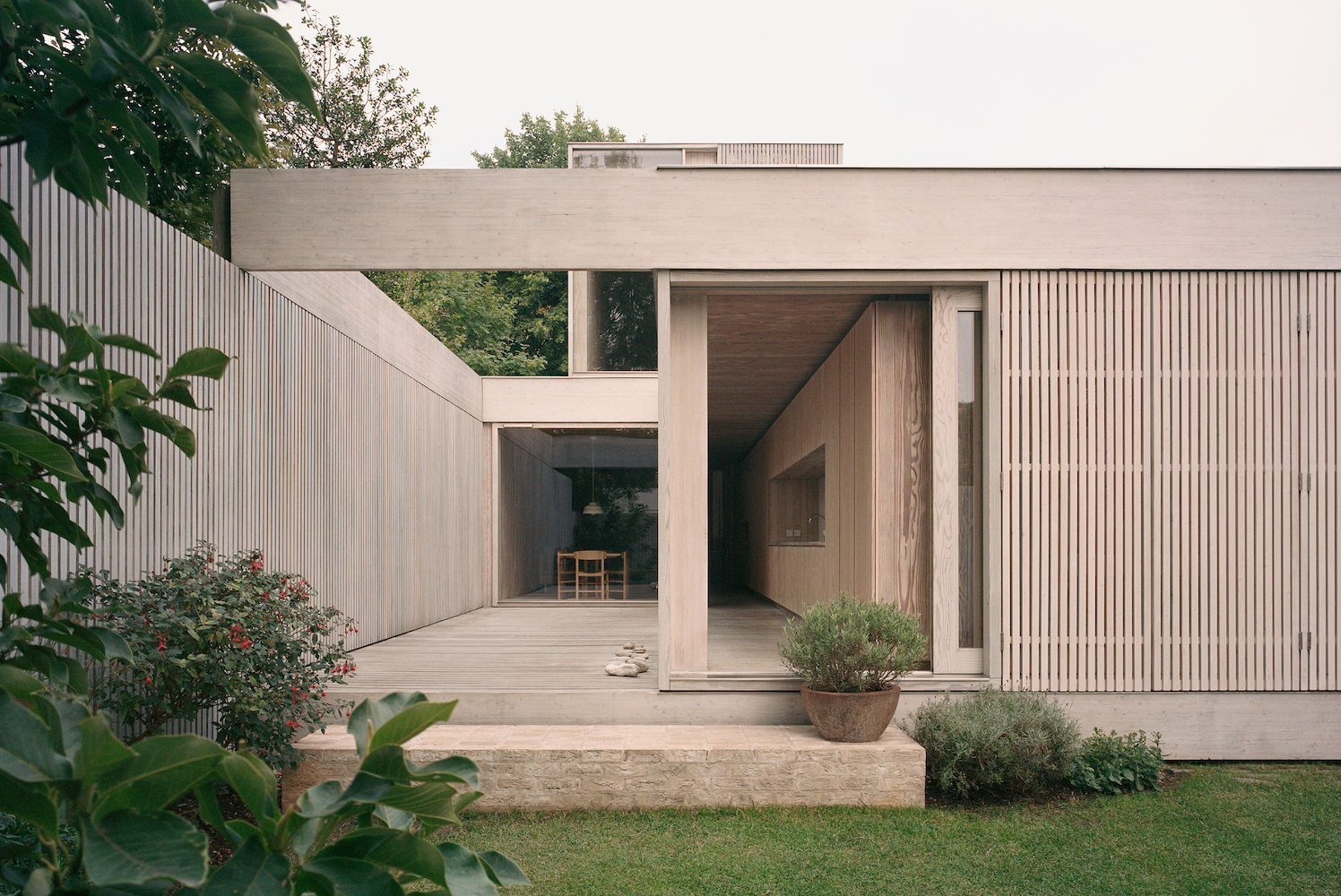
Beyond the limited access and the narrow site, their desire “was to create an Architecture that would take us beyond the immediate context.” For this, timber was the chosen material for the structure, and bricks were used where it meets a boundary. Larch was used for the exterior, and Douglas fir covers the interior of the home, providing its own singular smell. “How and why we used the materials has been the key to elevating the home beyond the practical and functional,” he states.
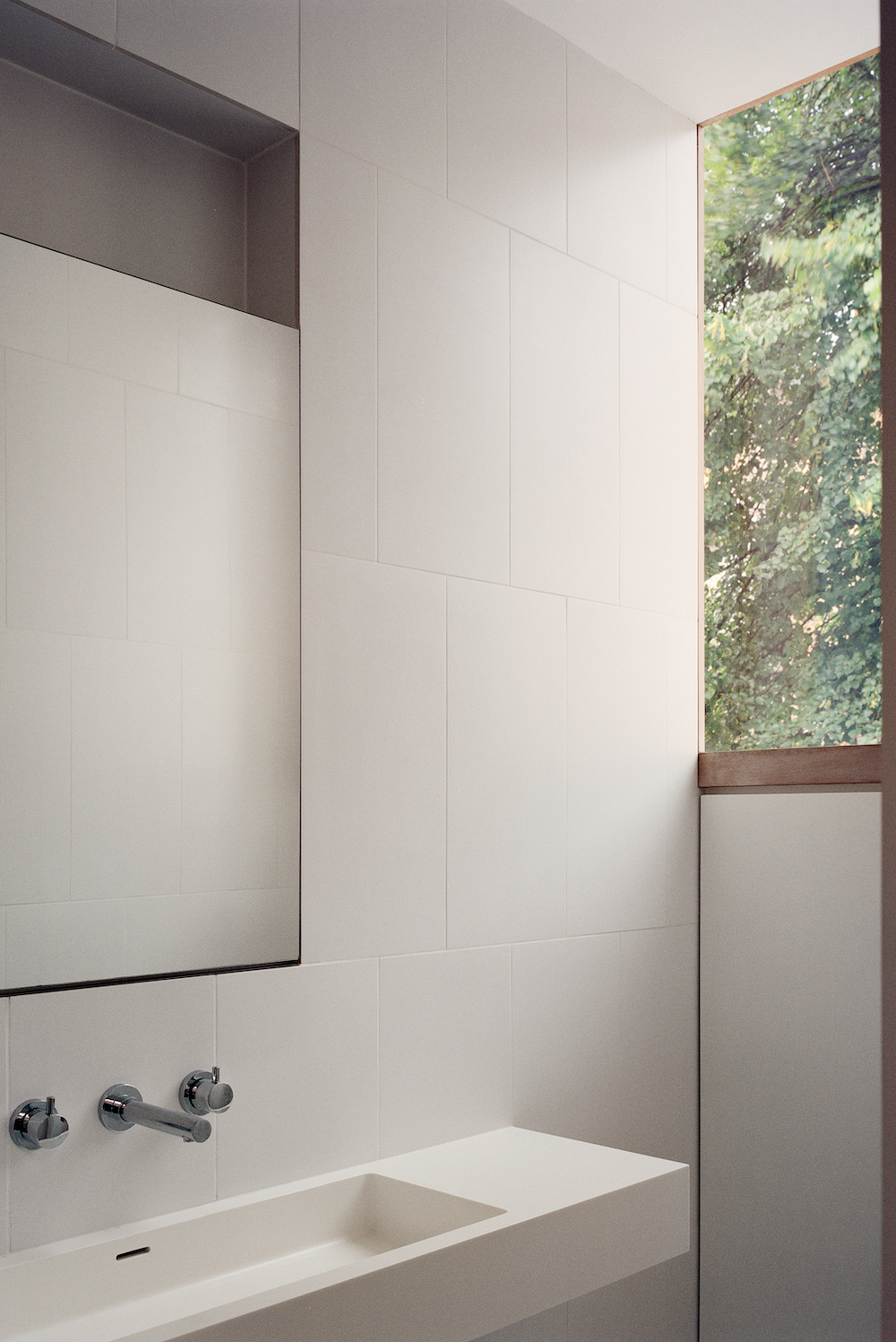
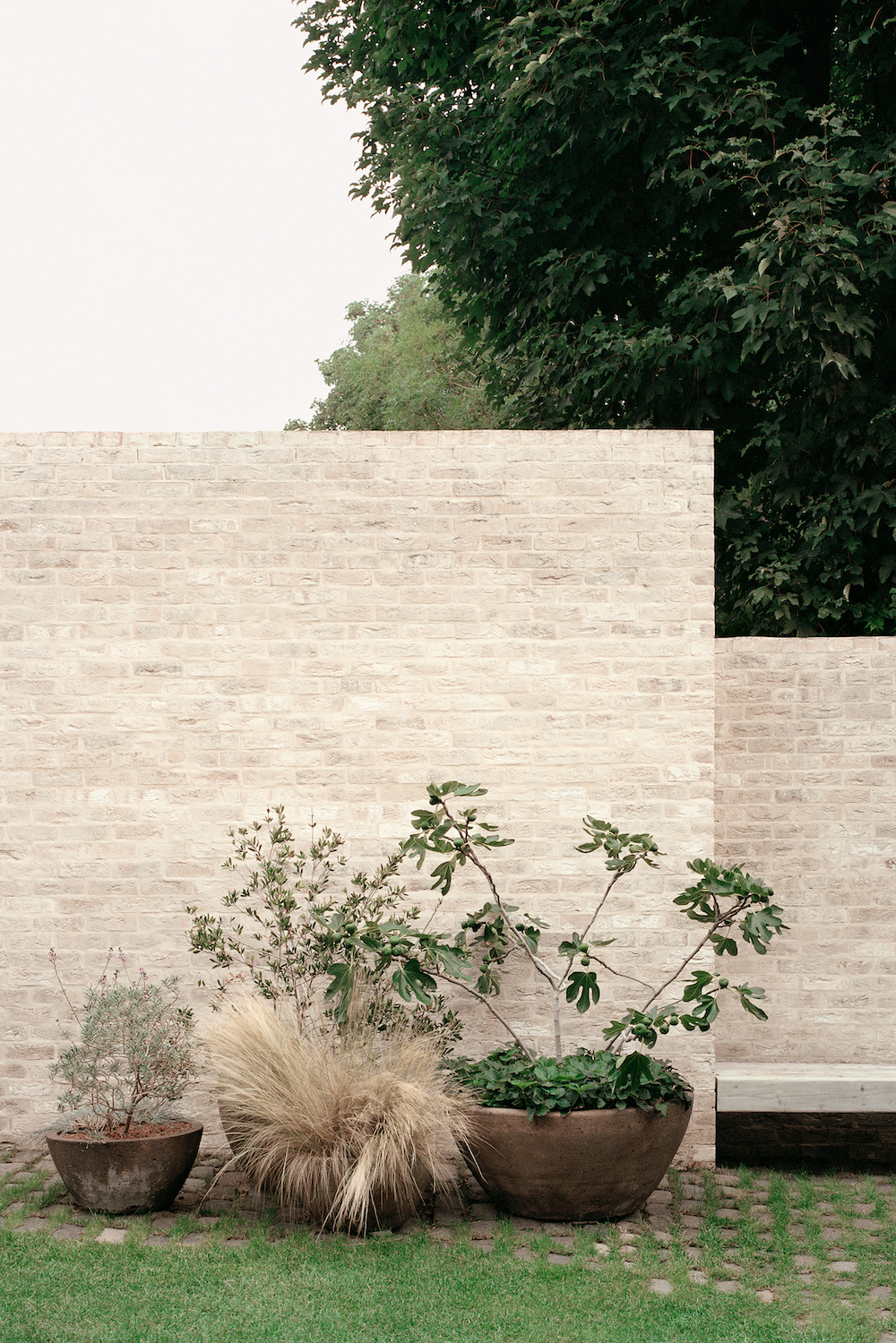
Russell and Sarah have brought to life a singular, nonconformist retreat—a characterful escape from the outside world: “Once we close the front door, the context is left behind.” Wembury Mews captures Sarah and Russell’s shared vision of architecture—a place where Sydney and London meet and flourish and where the couple, their daughter Matilda, and their two cats celebrate the quiet joy of living together.



